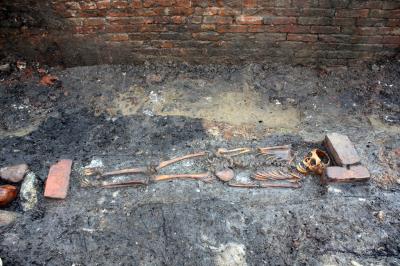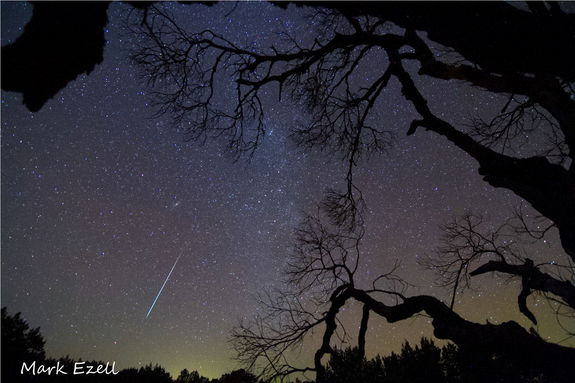
© NaturalSociety
Hidden in the tangled, repetitious folds of DNA structures called centromeres, researchers from Harvard Medical School and the Broad Institute have discovered the hiding place of 20 million base pairs of genetic sequence, finding a home for 10 percent of the DNA that is thought to be missing from the standard reference map of the human genome.
Mathematician Giulio Genovese, a computational biologist in genetics at HMS and at the Broad Institute, working in the lab of geneticist Steven McCarroll, HMS assistant professor of genetics and director of genetics for the Stanley Center for Psychiatric Research at the Broad Institute, found a way to use the genomes of Latinos to interpolate the locations of these missing pieces. Their findings will be published in
The American Journal of Human Genetics on August 8.
"In nature, polymerase, the molecular machinery that copies DNA within living cells, can sequence hundreds of millions of base pairs of DNA. The techniques we've developed to sequence DNA in the lab can only do relatively short segments, and we need to stitch those pieces together after the fact," Genovese said. "So while we wait for sequencing technology to catch up with nature, we wanted to see if we could use mathematical patterns to find a place for some of the missing pieces."
By using the genomes of admixed populations -- populations, such as Latinos and African Americans that derive ancestry from more than one continent -- the team developed a sophisticated mathematical method to help fill in the uncharted regions on the human genome map. The map is a key tool that geneticists rely on to find disease genes and identify the functional genetic variations at the core of human diversity. The unmapped DNA also sometimes resembles known, mapped genes, which can interfere in attempts to study similar sequences.
Best known as the molecular hinges that help chromosomes divide, centromeres have been widely considered structural elements that were unlikely to harbor protein-coding genes, the researchers said. For this reason, their finding -- that nearly half of the unmapped sequences contained in available genomic reference libraries, including many protein-coding genes, were located in the centromeres -- was unexpected.


Comment: Here's the YouTube 'About' blurb of the High Frontier conference: This two-pronged effort by servants of the Military-Industrial Complex and intelligence community to 'warn the American people' about the (hyped) threats to its critical infrastructure from potential 'catastrophic' damage due to electromagnetic pulse blasts caused by the Sun and Iran/North Korea are a timely distraction from the real threat posed by 'civilization-destroying' Near-Earth Objects; specifically cometary debris exploding in our atmosphere, evidence for which is all around us as fireballs are now seen and heard on a daily basis.
Conflating EMP-generating solar flares with non-existent Iranian/Korean plans to detonate nukes high in the atmosphere above the U.S. smacks of desperation. Such implausible scenarios suggest that their only option, once overhead airbursts such as we saw in Russia happen more frequently, is to try to pull the wool over people's eyes by misinforming them about the real source of the threat, and to pretend that they are in a position to do anything about it.
This all brings to mind a prescient quote from British astronomer Victor Clube: